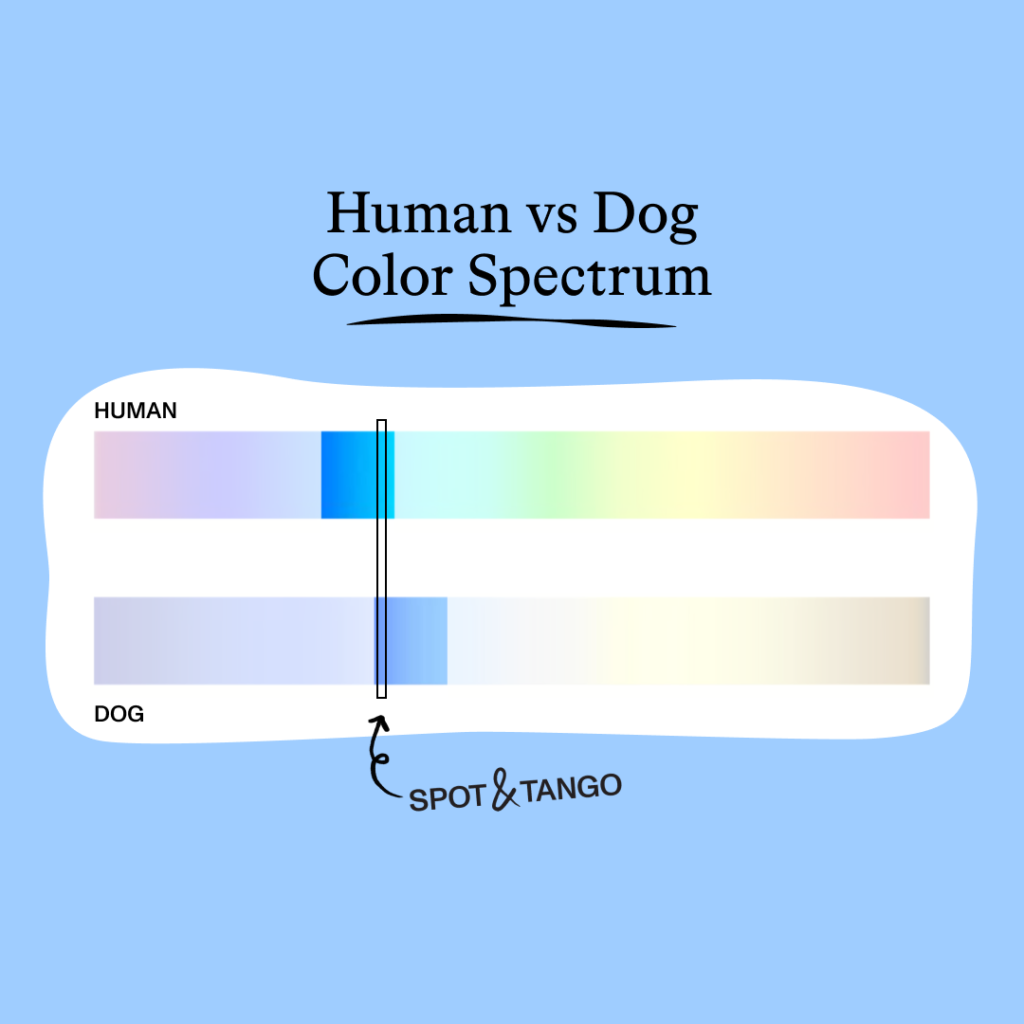Dogs, like humans, have the ability to see colors. However, their perception of colors is not as vibrant as ours. It is believed that dogs see the world in shades of blue, yellow, and gray. Understanding how dogs perceive colors can give us insight into their behavior and interactions with their environment.
Research has shown that dogs have fewer color-sensitive cones in their eyes compared to humans. This means that they can’t distinguish between certain colors, such as red and green. Instead, they see a range of blues and yellows, with shades of gray. Despite their limited color vision, dogs have excellent night vision and can see well in low light conditions.
While dogs may not see the world in the same colorful spectrum as humans, their unique color perception has evolved to suit their needs. Dogs rely more on their sense of smell and hearing to navigate their surroundings. Their ability to see shades of blue and yellow helps them detect movement and identify objects against different backgrounds.
It is important to consider a dog’s color perception when training or interacting with them. Using brightly colored toys or objects may not be as effective as using contrasting shades of blue and yellow. Understanding how dogs see colors can help us create a more enriching environment for them.
In conclusion, while dogs may not see the world in the same colorful way as humans, they still have a unique and fascinating perception of colors. Their ability to see shades of blue, yellow, and gray has evolved to help them survive and thrive in their environment. By taking into account a dog’s color perception, we can better understand their behavior and provide them with a more stimulating and enriching experience.
